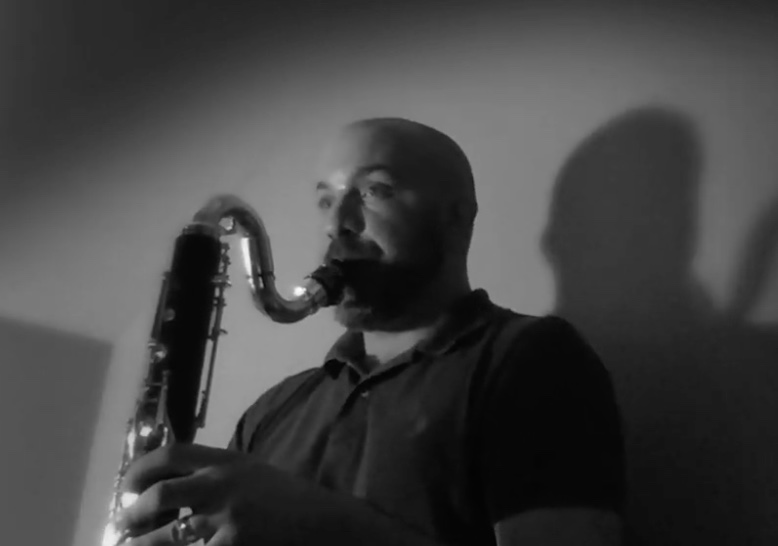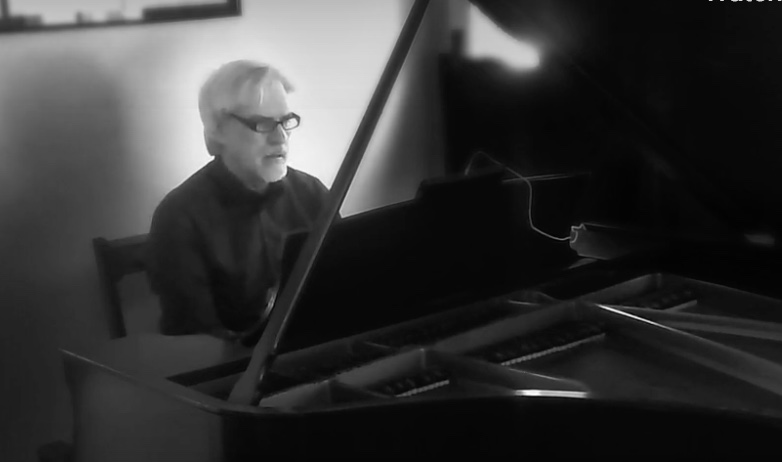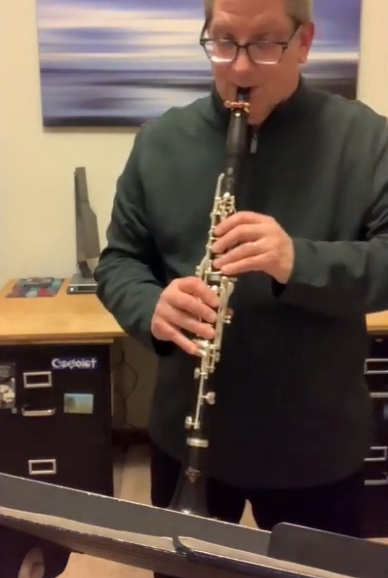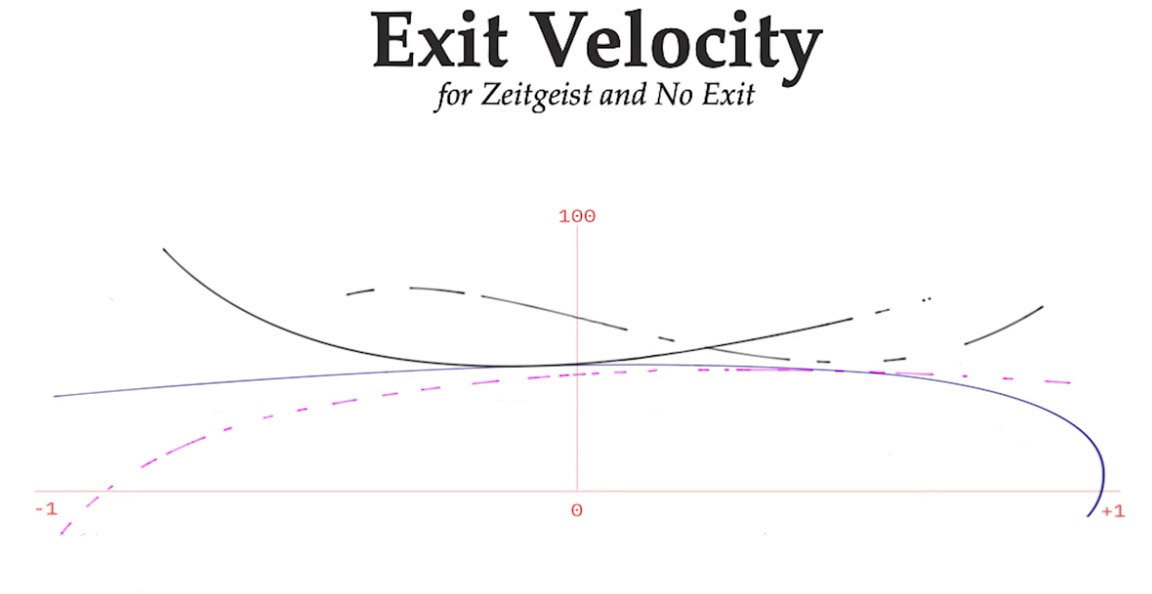by Mike Telin

Aside from that, the beautifully curated program primarily features captivating performances of solo works that are presented in a logical progression of sound and temperament.
The musical journey begins with Isang Yun’s Monologue for bass clarinet. Gunnar Owen Hirthe’s tone is unblemished during the slow, introspective lines. During the work’s sudden bursts of sound with wild trill passages and pitch-bending in the instrument’s highest register, the clarinetist’s technique is undaunted.


“Beside the bridge” highlights sul ponticello. Its primitiveness is captivating and Rhodes is in complete control. The slow and mysterious “Ghosts” focuses on sul tasto while “One finger” is all about glissandos and multiple lines played with — one finger. “Nine fingers” is all about pizzicato. Here Rhodes becomes a one-man dance band.



The program’s grand finale is the premiere of Scott Miller’s Exit velocity. During an interview with this publication, Miller talked about his use of telematic composition (collaboration among artists widely separated and linked through telecommunication), and his use of graphic notation (which replaces notes on a staff with visual symbols that are interpreted by each player).

During the eight-minute, rambunctious work, rat-a-tat rhythms, squeaks, howls, scratching, pointed motifs, and long, semi-melodic lines are underpinned by percussive beats. Sudden, loud bursts juxtaposed with interludes of calmness result in a dramatic display of an imaginative sound world that lets listeners craft their own accompanying narrative.
As always with No Exit, the sound and video are high quality and the production’s “film noir” concept seamlessly and oftentimes humorously weaves each portion of the show into 82 minutes of viewing and listening pleasure.
Published on ClevelandClassical.com June 15, 2021.
Click here for a printable copy of this article



